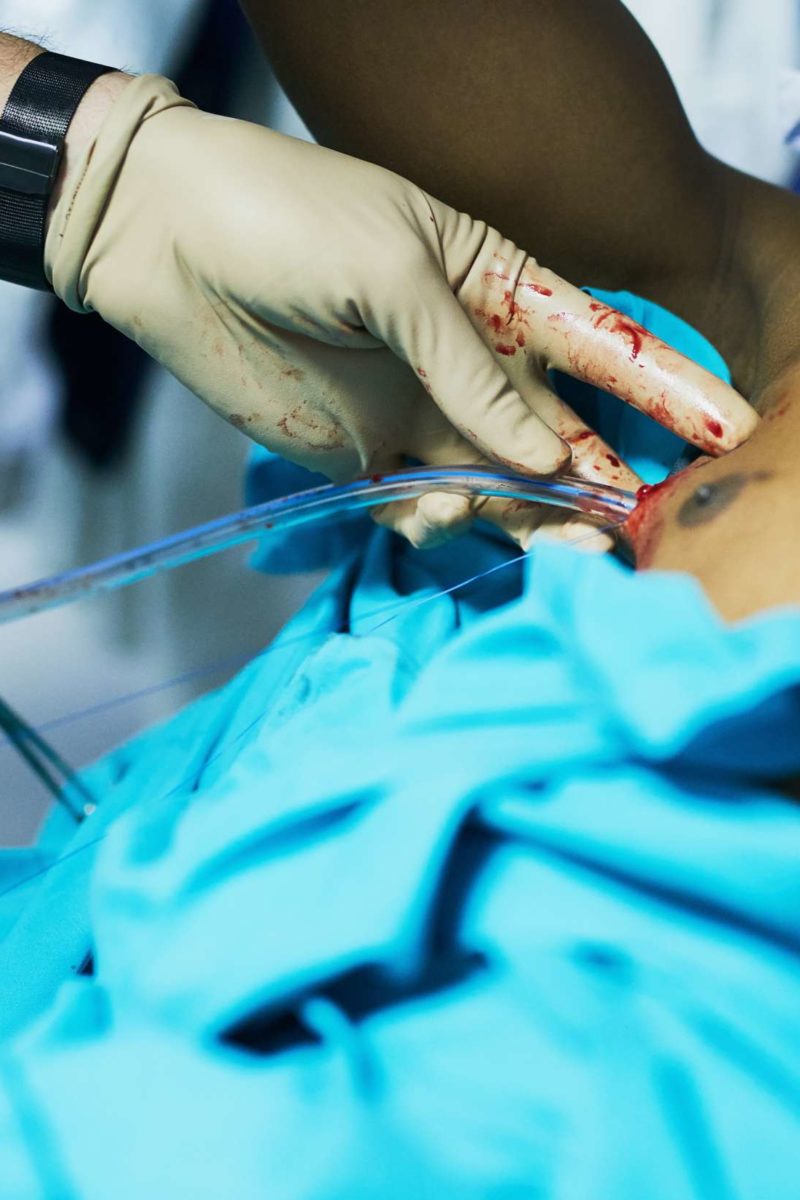- RESOURCES -
Chest drain care in children | CUH
......
www.cuh.nhs.uk
Chest Tube - StatPearls - NCBI Bookshelf
A chest tube, or a thoracostomy tube, is a flexible tube that can be inserted through the chest wall between the ribs into the pleural space. Thoracostomy tubes are commonly made from PVC or silicone. They range from 6 French to 40 French. Most are f......
www.ncbi.nlm.nih.gov

Chest tube insertion: Uses, procedure, and recovery
Doctors use chest tubes for many purposes, such as inflating a collapsed lung, draining fluid or blood, or delivering medications. In this article, learn about the conditions requiring chest tubes, the types of chest tube, the insertion process, and ......
www.medicalnewstoday.com
No title found
......
childrenswi.org



